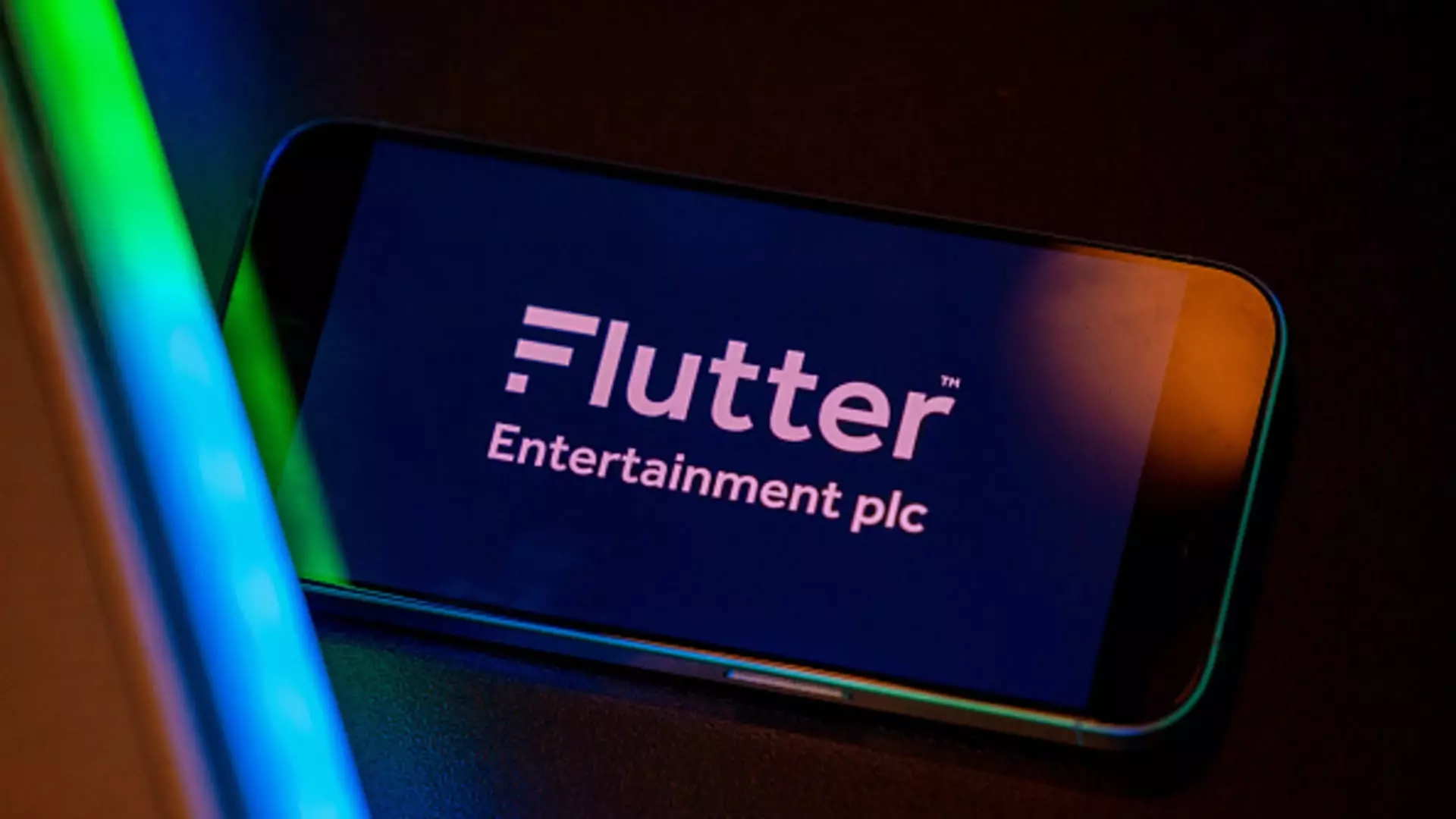In the competitive landscape of sports betting, Flutter Entertainment demonstrated a remarkable resurgence, with its stock price climbing over 6%. This surge can primarily be attributed to a strategic announcement of a substantial share buyback program, valued up to $5 billion. Moreover, the company has set ambitious revenue forecasts, projecting growth to approximately $21 billion by 2027. This assertive move not only boosts investor confidence but also signals Flutter’s commitment to returning value to shareholders while strengthening its market presence in the ever-growing sports wagering sector. The implications of such robust financial strategies indicate Flutter’s readiness to capitalize on the expanding betting market, providing a bright future for its stakeholders.
Hewlett Packard Enterprise (HPE) shares enjoyed a notable uptick of more than 5% following an upgrade by Barclays from equal weight to overweight. The bank’s analysts highlighted a promising demand trajectory for AI servers, forecasting that this trend will act as a catalyst for HPE’s growth. Additionally, the company’s announced acquisition of Juniper Networks for about $14 billion, expected to finalize by the year’s end, presents an opportunity for substantial synergies and enhanced offerings in the tech landscape. This positive sentiment surrounding HPE underscores the vital role that AI is playing in shaping the technology market, and investors are keenly observing how this alignment will influence the company’s financial health in the quarters to come.
Contrasting sharply with the upward trajectories of Flutter and HPE, shares of General Motors and Ford faced declines following Morgan Stanley’s downgrades. As the auto industry grapples with deteriorating consumer credit conditions in the U.S. and a significantly increased production capacity in China, both automotive giants experienced notable stock price drops. General Motors, in particular, saw a 5.7% decline after receiving a downgrade to underweight status, while Ford’s shares fell by 4.3%. These developments serve as a reminder of the volatile nature of the automotive market and the challenges posed by shifting economic conditions, which could jeopardize previously anticipated growth in market shares.
Chinese digital entertainment platform Bilibili saw a 2.6% decrease in its U.S.-listed shares after a stunning 17% rally the previous day. This volatility reflects the whims of the market, where speculation and analyst ratings contribute heavily to stock performance. Recently, JPMorgan touted Bilibili as a top selection among Chinese digital entertainment stocks, which initially drove its share price higher but was not sufficient to hold those gains. Such major fluctuations raise questions regarding investor confidence and the stock’s long-term growth narrative, suggesting a need for clarity in the company’s strategic roadmap.
Shares of Bank of America slipped nearly 1% amid news that Warren Buffett’s Berkshire Hathaway sold a considerable portion of its holdings in the financial institution. The divestment, adding up to approximately $9 billion since mid-July, now leaves Berkshire with only a 10.5% stake in the company. This shift in Buffett’s investment strategy often triggers concern among retail investors, who view the Oracle of Omaha’s moves as indicative of more profound issues within the bank. The potential implications for Bank of America’s market perception are substantial, impacting not only immediate stock price, but long-term investor trust.
In the realm of home construction, KB Home experienced a nearly 5% drop in shares following disappointing fiscal results. Reporting earnings per share of $2.04, just shy of analyst expectations, alongside a year-over-year decline in housing gross margins, the company raised alarms among investors regarding its growth trajectory. Conversely, Progress Software achieved unprecedented gains of 13% after exceeding analyst expectations in its own fiscal report. This juxtaposition highlights the distinct challenges and opportunities faced by companies within various sectors, offering a stark contrast in how financial performance affects stock valuation.
Cintas Corporation concluded midday trading on a high note with shares advancing 2% due to upward revisions in its fiscal guidance for 2025. Anticipating earnings per share between $4.17 and $4.25, as well as revenue projected at $10.22 billion to $10.32 billion, Cintas demonstrates its resilience and robust market position. The proactive adjustments to its outlook serve to enhance investor sentiment, suggesting that the company is well-equipped to navigate upcoming financial landscapes effectively.
As illustrated by these market movers, the midday trading session can reveal broader trends and sentiments affecting various industries. With companies like Flutter Entertainment and HPE showcasing growth potentials, contrasted against the challenges faced by traditional automotive giants and banks, investors are continuously evaluating their strategies. The dichotomy of performance across sectors accentuates the importance of staying informed and adaptable within an ever-evolving market framework. The day’s trading is not merely a snapshot but rather a precursor to underlying economic narratives that could unfold in the future.

